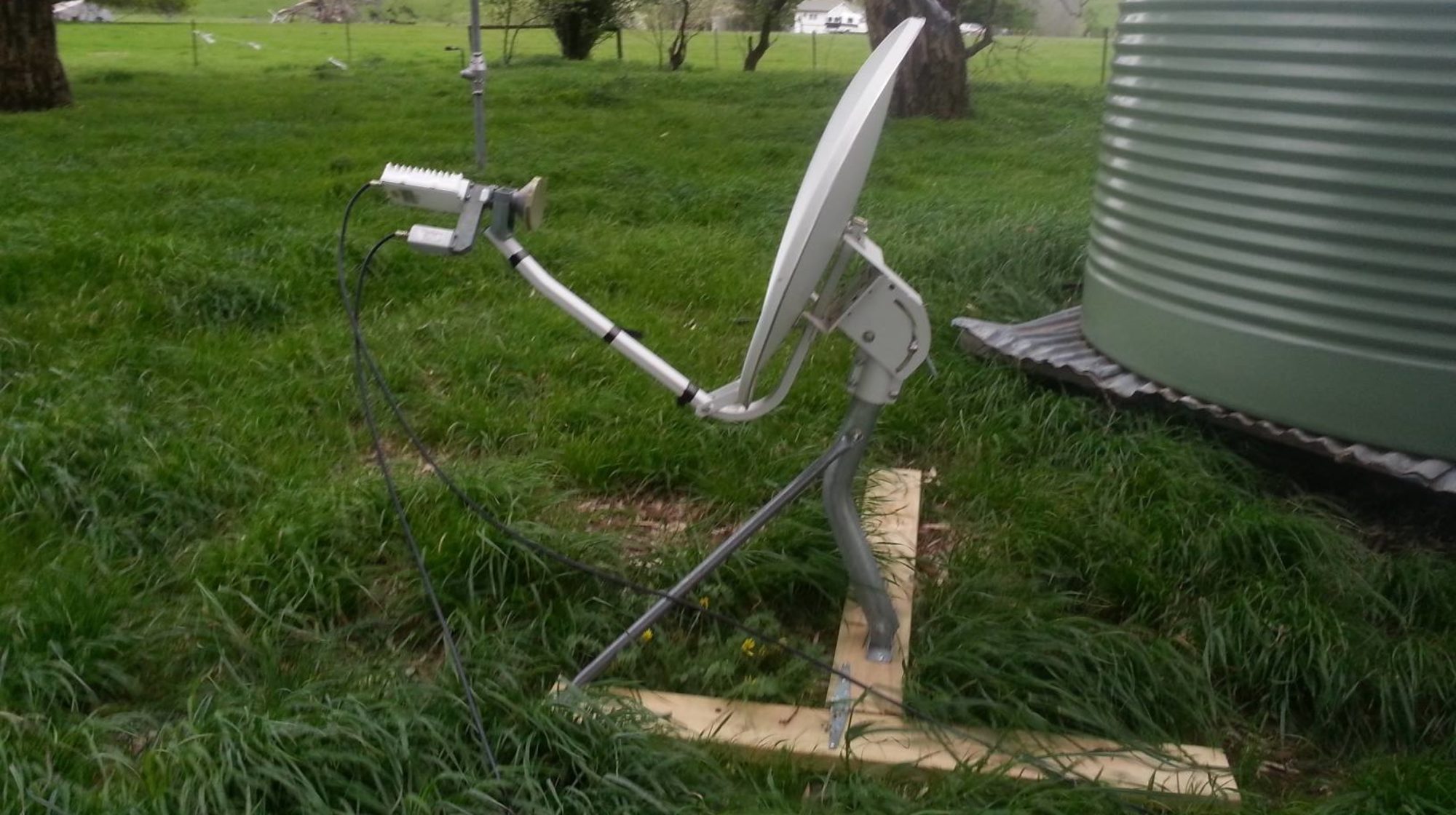Does Anonymity exist?
The easiest way to answer this question is; in effect, no. 99% of all issues pertaining to a circumstance where it is said that the information doesn’t exist, is actually a problem of who has access to that information and the cost of obtaining it, rather than an honest circumstance where the data actually does not exist to substantiate a circumstance.
Whilst it took many years to convince leading, high-value organisations that the internet was a useful and worthwhile investment; their investments now, similarly to their investments in past, instigate controls over the internet that make it very difficult to genuinely do anything without leaving traces of those actions on the internet somewhere.
The bigger problem; is that this information is not available to the majority of victims who have been harmed by the unlawful behaviours of others; and in many circumstances, it’s illegal to collect that information for the purposes of participation in rule of law fully; as a subset of the guiding principles that operate our society.
These problems are thereafter not technical in nature; but rather, socio-political. If public servants are found to be doing the wrong thing; that would cost the government, if they were easily able to provide that information to a court of law in a manner required by that court to effectively evaluate a circumstance. If powerful married men with families want to engage in sex with those who are not their wives, and their wives at times do the same; then whilst the ‘data’ may exist, it’s not available, regardless of the subsequent harm an acrimonious relationship may cause children.
Most organisations use sophisticated computing systems to manage their accounting, stock-management and related business records; yet we are still provided thermally printed paper receipts that fade in sunlight.
Mobile phones continuously track the whereabouts (and speed of travel) of it as a device; but this is not available for the purpose of dealing with traffic infringements. New vehicles can tell whether someone is wearing a seatbelt; but a special device is needed to get that information.
Our web-usage is continuously tracked, the websites we use can figure out when we sleep (due to lack of activity on mobile devices, et.al.) and whilst these things all form part of what is used for crimes that pertain to significant financial loss of government entities, it is more often than not suggested ‘not to exist’, and save particularly ‘special circumstances’ are not made available to a citizen seeking lawful remedy.
Whilst it is true that some, particularly skilled, dedicated and well-financed individuals can form circumstances in which their actions are made ‘anonymous’ or unable to be identified; this is simply not reality for the vast majority living in our modern ‘connected’ age.
So, whereas whether living in a democracy or otherwise; we seek ‘lawful remedy’ the question becomes how exactly it is that we go about achieving this, when we may be discouraged by others to do so.
Web-Persistence
I’m not quite sure what to title this section. Many speak of this concept as digital identity persistence, yet often it’s not the person that is subject to ‘web persistence’ but rather the machine or home network address that provides persistent information about the characteristics of a user; regardless of who the actual user is.
This can end-up with an array of unfortunate situations. A father, mother or other adult in a household who enjoys adult material; may unwittingly alter the website advertising being provided to others in the household who use the same internet connection (children included!). Families who share machines and the accounts set-up in those machines may create web-experiences that pollinate in different ways irrespective of the user at the time.
These issues pertain to what i’ll call ‘web persistence’ in describing the circumstance that the use of internet is tracked by operators of the internet who work with whatever information they can get, altering the use of internet on that machine, in that location, from whatever account on the machine the user is using; in an effort sought by them to make money through your use of internet and they do this through the use of identifiers, and ‘scraps’ of information left-over from previous uses in relation to those identifiers. The systems that collect this information is not simply the website you intend to go to, but also the services that websites uses as part of providing the functionality delivered by the sites you visit. When thinking about this from a security point of view, the term that is used is ‘vectors’. The concept being ‘attack vectors’ or ‘security vectors’ or other forms of ‘vectors’ that can be used to trace, track and identify.
An easy way to understand the different ways this may occur is by considering the OSI Model.
Each Machine has a MAC ADDRESS, which in-turn connects to a network and is provided an IP ADDRESS. From there, your machine forms a fingerprint.
Parts of this digital fingerprint includes your User Account, the host IP Address used by the network you are able to be sent webpages from publicly and the information stored by your browser, such as cookies, or login information within your browser that websites may use to infer you were using the internet in a particular way; regardless of whether it was you at your keyboard or someone else.
